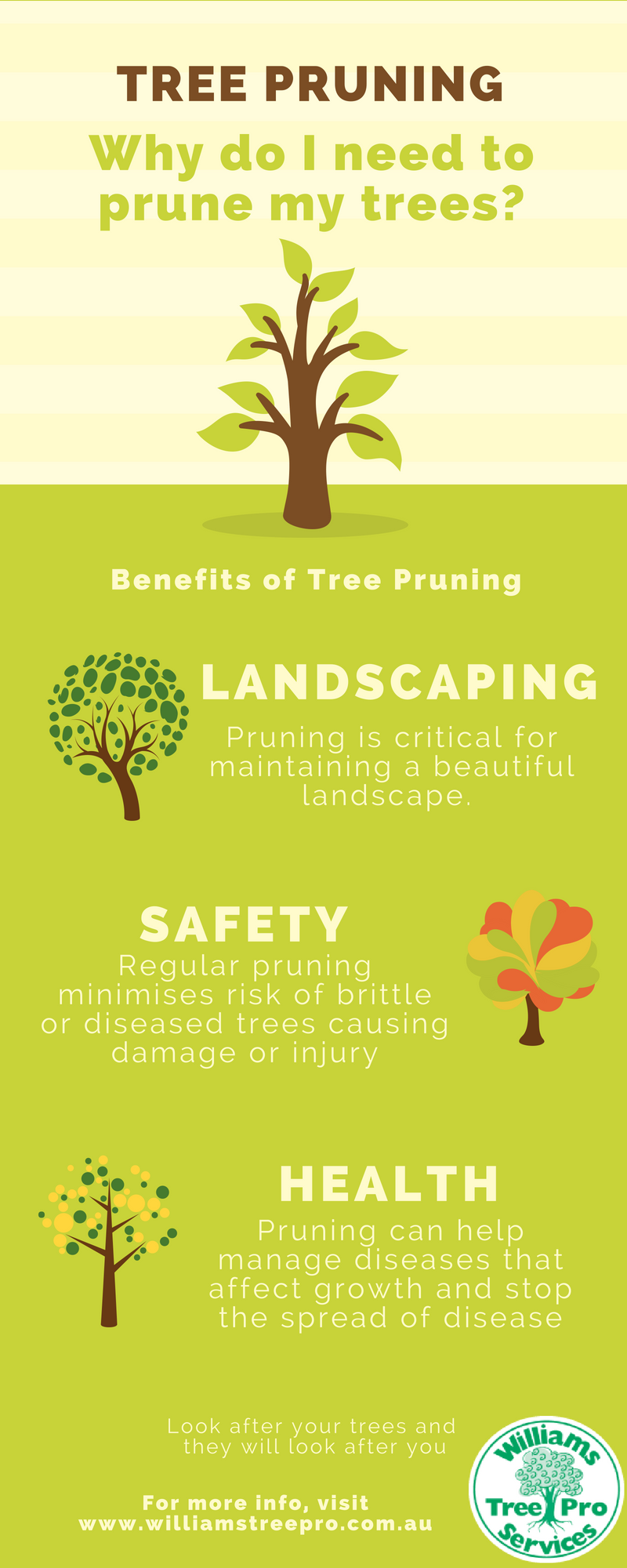Acknowledging The Demand For Tree Removal: A Guide For Homeowners
Acknowledging The Demand For Tree Removal: A Guide For Homeowners
Blog Article
Produced By-Churchill Conway
Trees add appeal and worth to residential or commercial property, yet they can additionally present a threat during severe weather occasions. If a tree has stopped growing, is displaying visible fungal development, or has a leaning trunk, it needs to be removed by an expert to prevent building damage and injury.
To read more, attend a house owner resource fair co-hosted by HPD, the Center for New York City Neighborhoods, and Brooklyn-based real estate partners this evening in Bedford-Stuyvesant. The occasion will feature the Home owner Handbook, a new overview to assist property owners browse the responsibilities of owning a home.
1. Dead or Perishing Branches
Trees are an indispensable part of your home's landscape, supplying color and beauty. They also give sanctuary for wildlife and create oxygen, however also healthy trees can experience illness that may necessitate their removal. Dead or passing away trees aren't just undesirable, they can be harmful. Their branches can drop throughout a tornado, resulting in pricey property damage and injuries.
When a tree's branches begin to pass away, it implies that its framework is beginning to break down. If most of its branches are dead, it is likely time to remove it.
Look for a lack of brand-new development, bark peeling, open injuries or cavities, fungis expanding on the trunk or origins and a general look of degeneration in the whole canopy. These indicators of infection can suggest a severe issue that will certainly need expert tree services to fix.
2. Leaning Trunk
While it's regular for trees to lean from time to time due to phototropism, if a tree has an unsafe or serious lean that's not because of natural processes - maybe an indicator that the tree requires to be gotten rid of. If the tree is leaning toward a power line, home, automobile, play structure or any other area that could be harmful to individuals if it falls, then speaking to a professional tree service for removal must be a top concern.
https://docs.google.com/spreadsheets/d/14CZ1EqvrS4bTDXUjNA0r9MKnVcLeL7I41lrUxHzkPmo/edit?gid=1577664993#gid=1577664993 's likewise important to expect any sudden changes in a tree's leaning as it can show damage to the origins or trunk that may result in falling. hudds tree service is specifically true during stormy weather, since high winds and rain-soaked soil can create a lean to change rapidly. Regular tracking, specifically throughout and after tornados can aid property owners recognize potential issues with their trees so they can call an arborist for an extensive examination.
3. Bug Infestation
Some pest problems, such as wood-boring pests like emerald ash borer or sap-suckers like range bugs, are so extreme that they can trigger a tree to pass away. The best method to prevent pest invasion is to monitor your trees on a regular basis. Try to find spots, openings, or stainings in the fallen leaves and bark. Analyze the trunk for fractures and indicators of insect damage, such as passages or tracks.
If a tree ends up being also ravaged with pests, or is close to a home or high-voltage line, an arborist may advise removal. If a leaning tree establishes a new, unsteady lean, an arborist will likely advise elimination as well to make sure the security of people and building. If a weakened or dead tree consistently drops excessive branches, it is an indicator that it is time to eliminate the tree. If a tree remains to lose branches for a prolonged amount of time, it might lead to architectural troubles and possible building damages.
4. Harmed Trunk
Trees are an attractive and vital part of our landscape, however they do call for normal care to keep them healthy and balanced and risk-free. If a tree is harmed irreparable it is most likely time for it to come down.
Seek indicators of damages to the trunk, including upright fractures, joints, dead branch stubs, noticeable injuries or open cavities and serious tree-rot. The visibility of fungi at the base of the trunk is another alerting indicator. Fungi may indicate that the phloem and xylem (life-support tissues) are endangered, allowing for the spread of disease or a future failure.
Likewise, take into consideration whether the tree has actually stopped growing. Healthy and balanced trees will have new growth every year, which might be visible as buds or branches sprouting and prolonging. If you do not see any type of brand-new development, it's a great idea to have an arborist evaluate the tree and follow their recommendation for removal. A passing away or harmed tree can fall and create home damage.